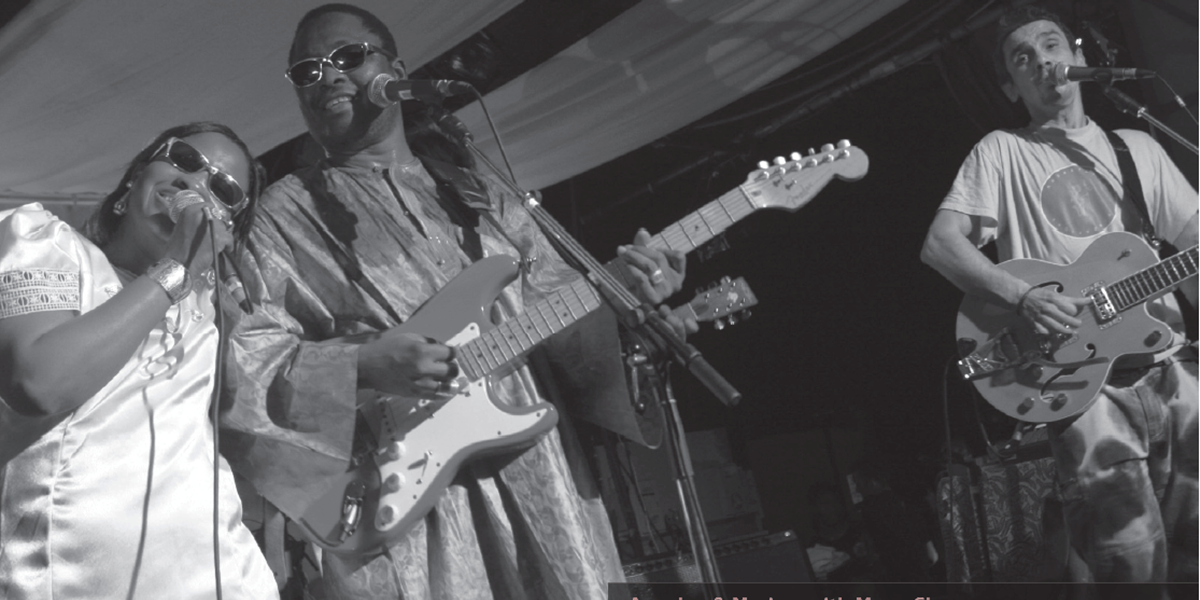Tuesday, July 17, 2018
The Rough Guide to World Music: Mali
By Lucy Durán
Few African countries have contributed so many important artists to the World Music market: Salif Keita, Toumani Diabaté, Habib Koité, Kandia Kouyaté, Oumou Sangaré and the late Ali Farka Touré being but a few


Register now to continue reading

Thanks for visiting the Songlines website, your guide to an extraordinary world of music and culture. Sign up for a free account now to enjoy:
- Free access to 2 subscriber-only articles and album reviews every month
- Unlimited access to our news and awards pages
- Our regular email newsletters

